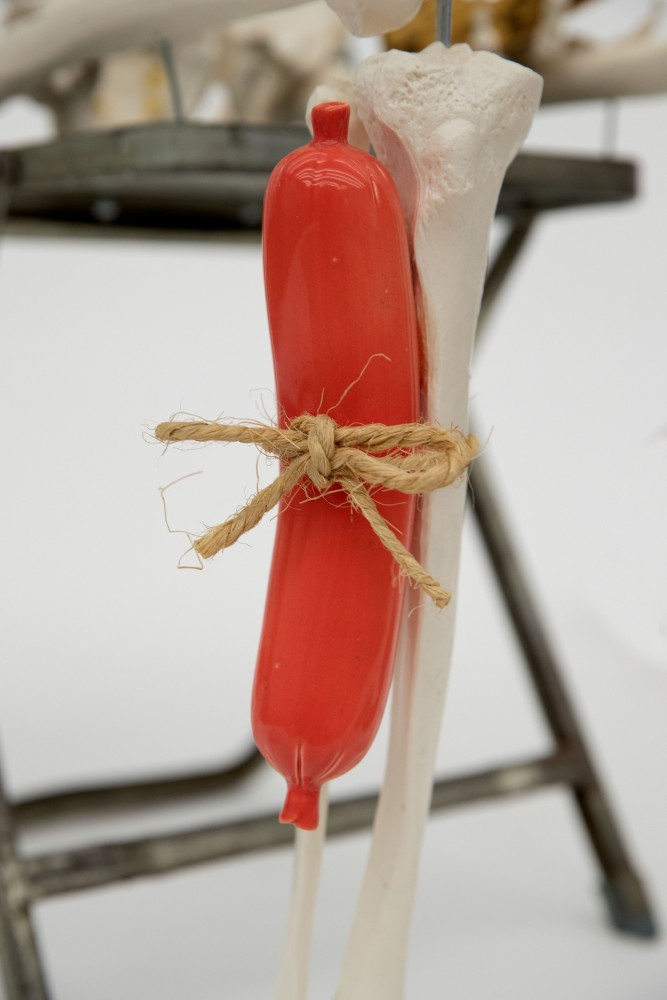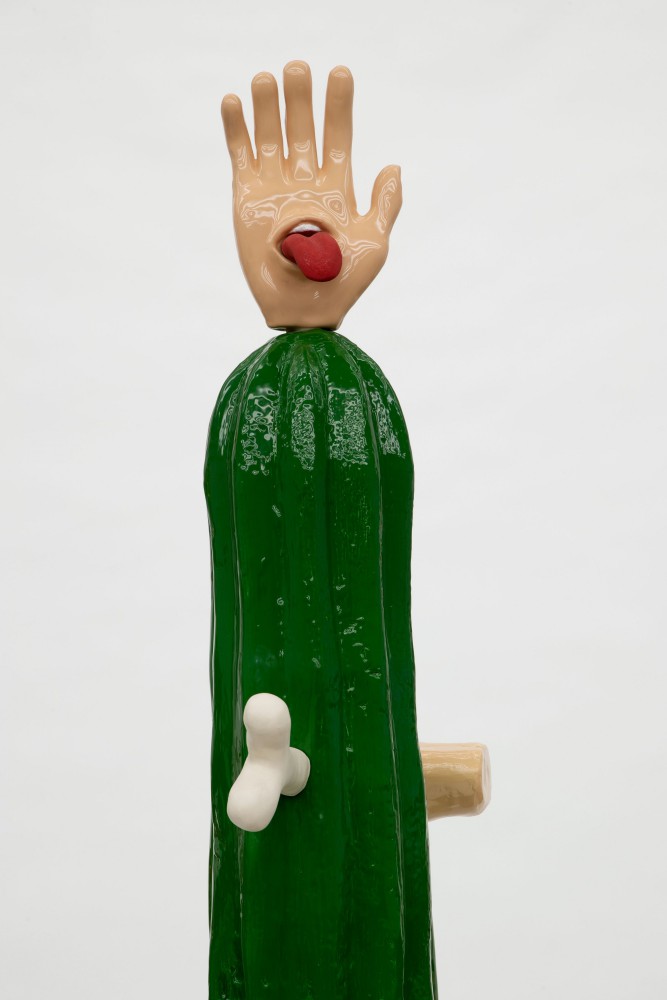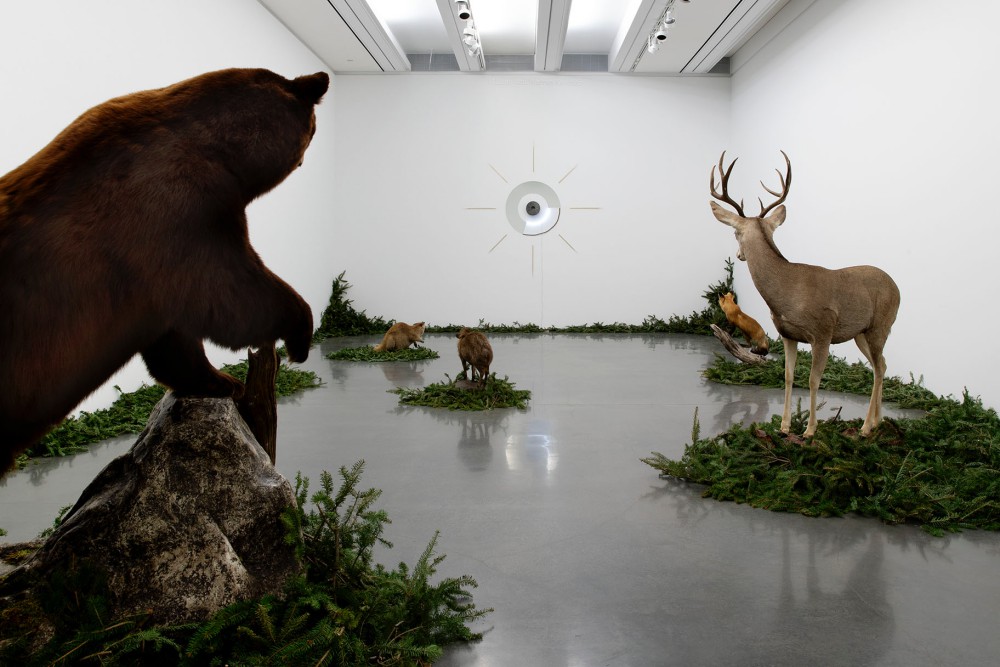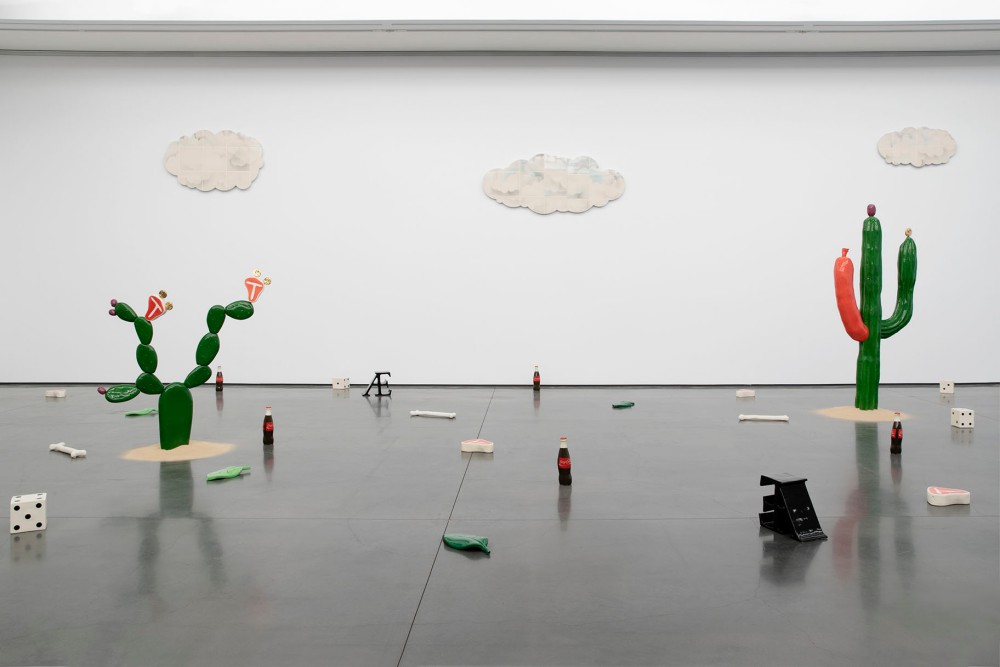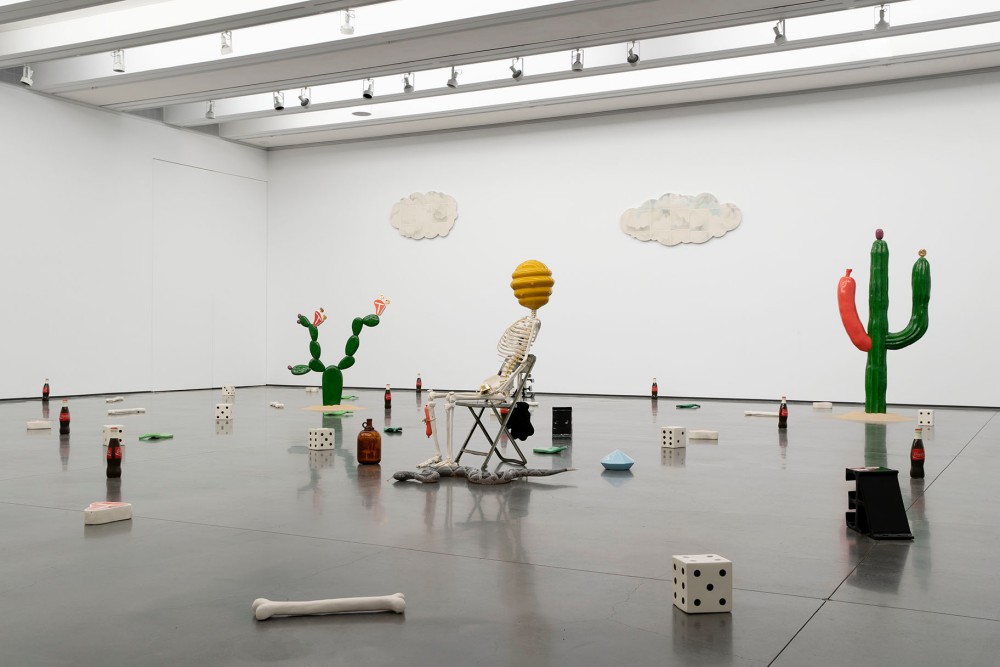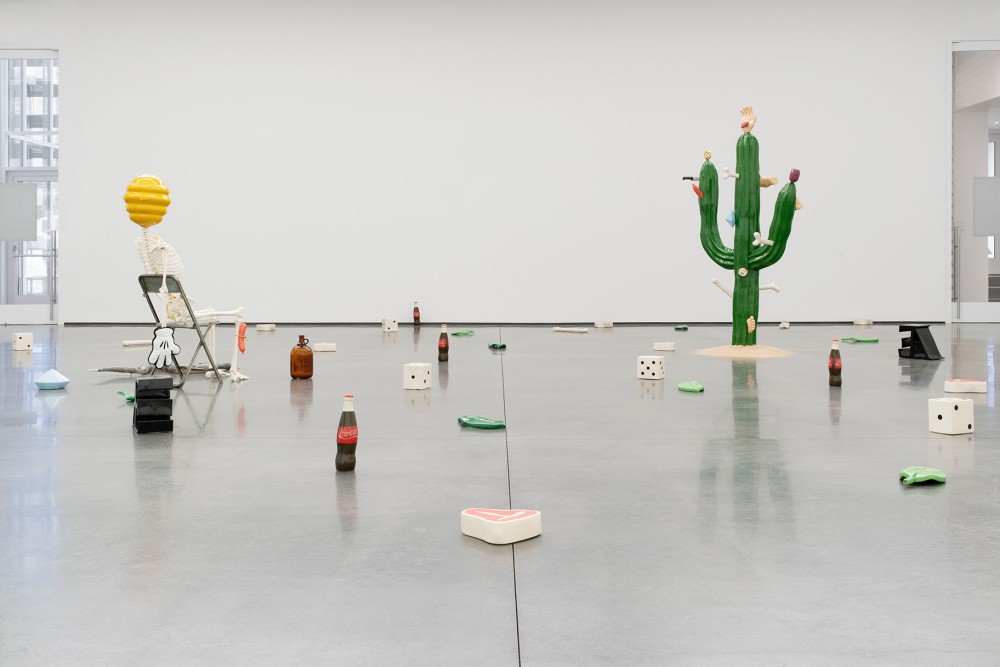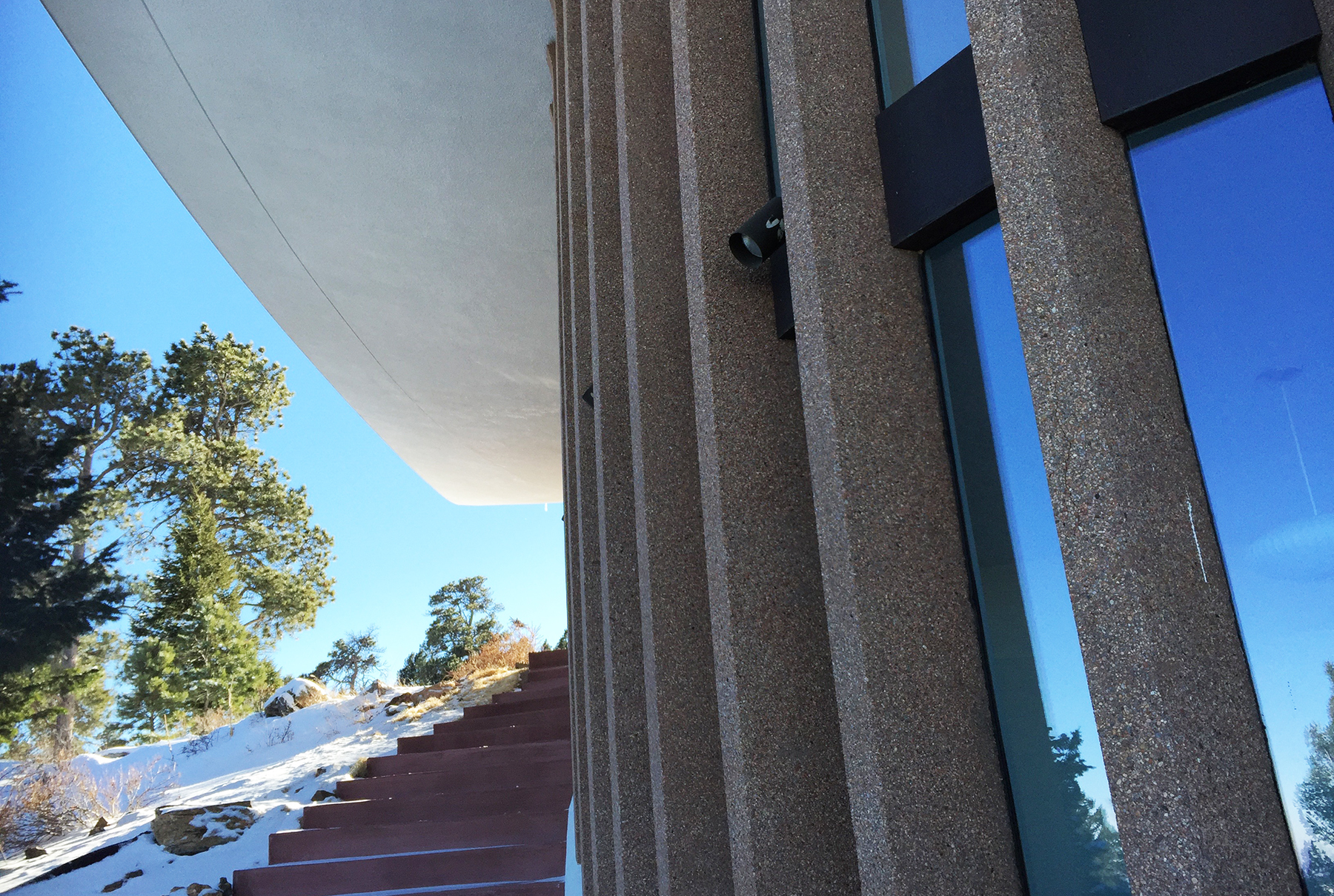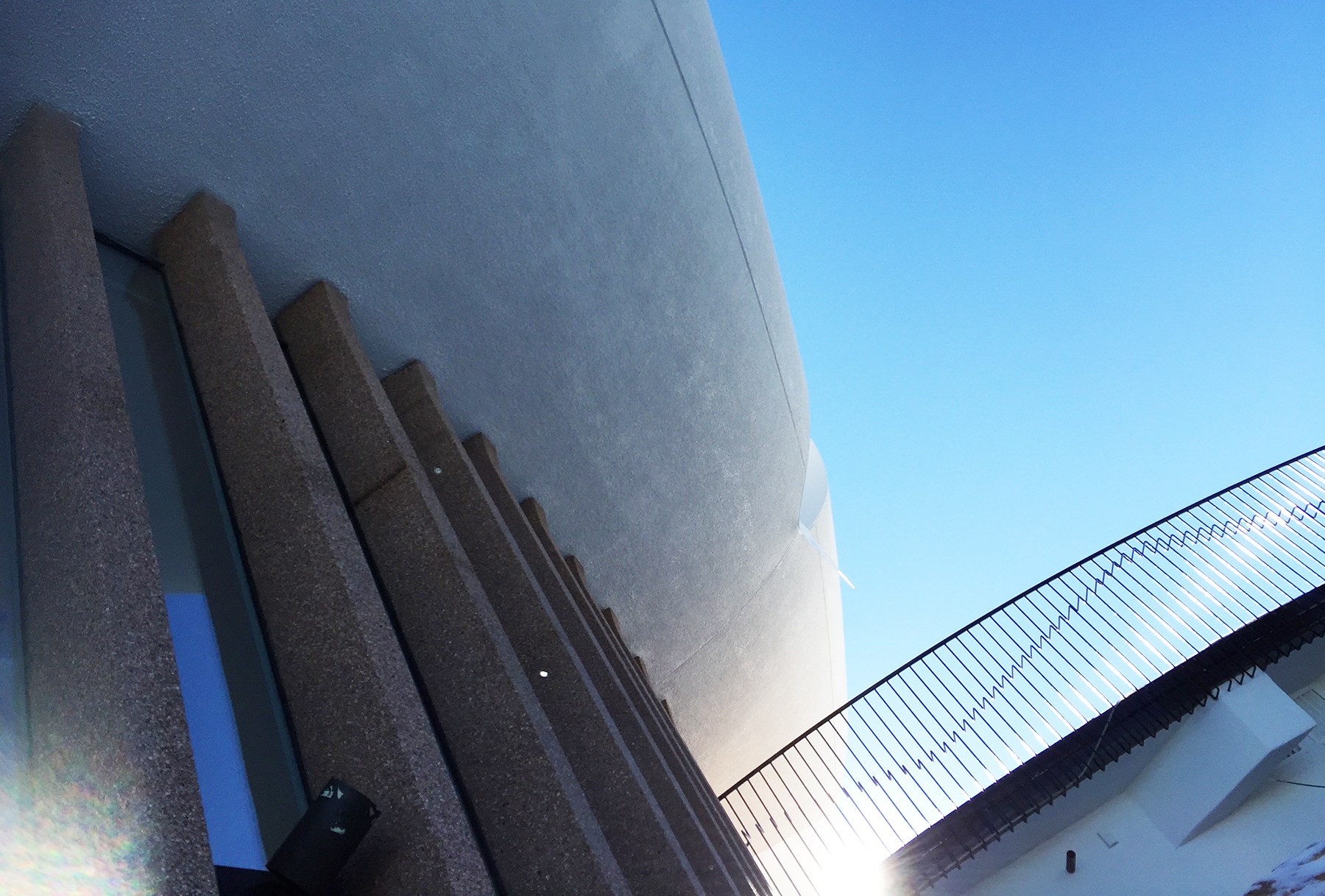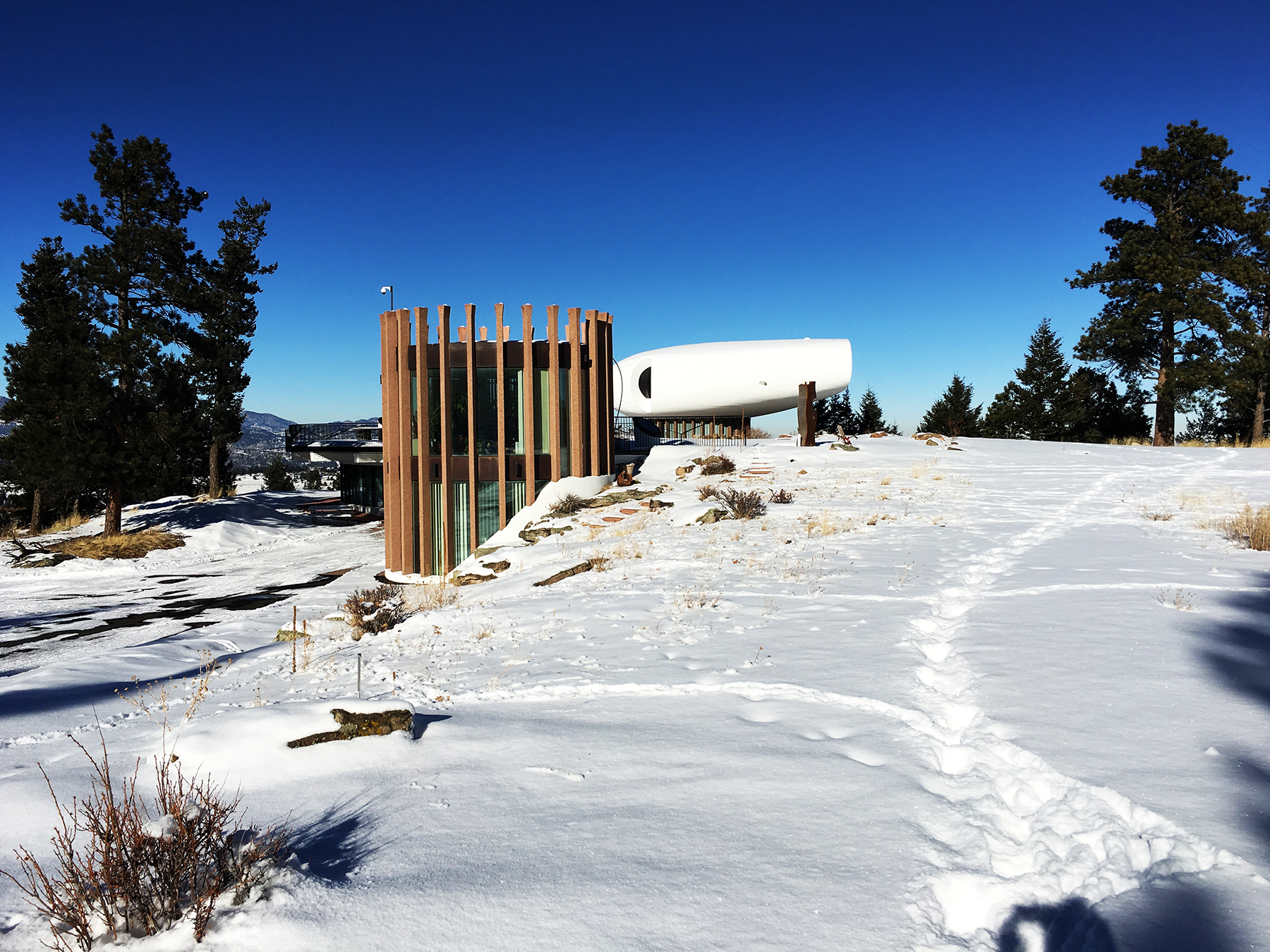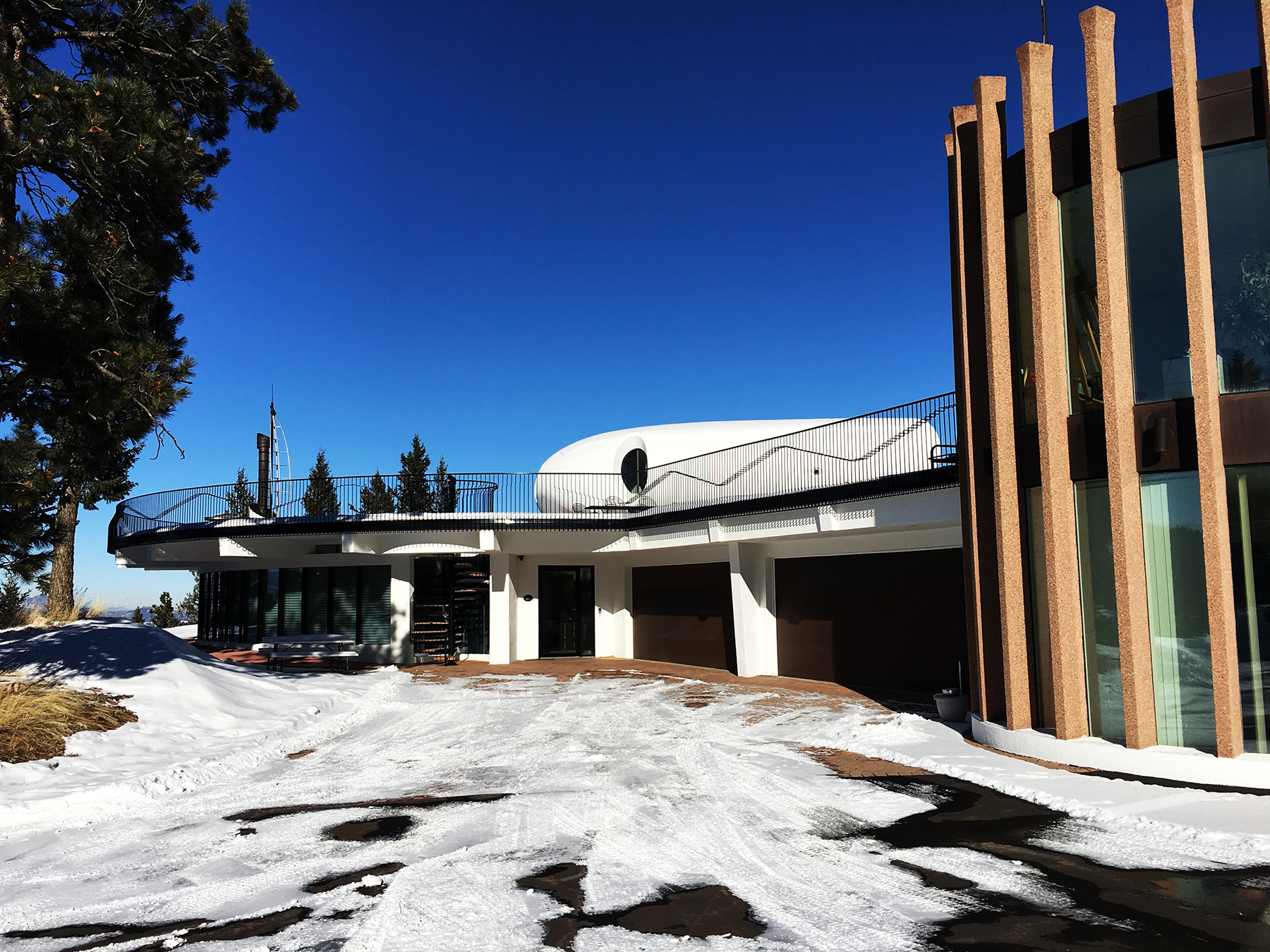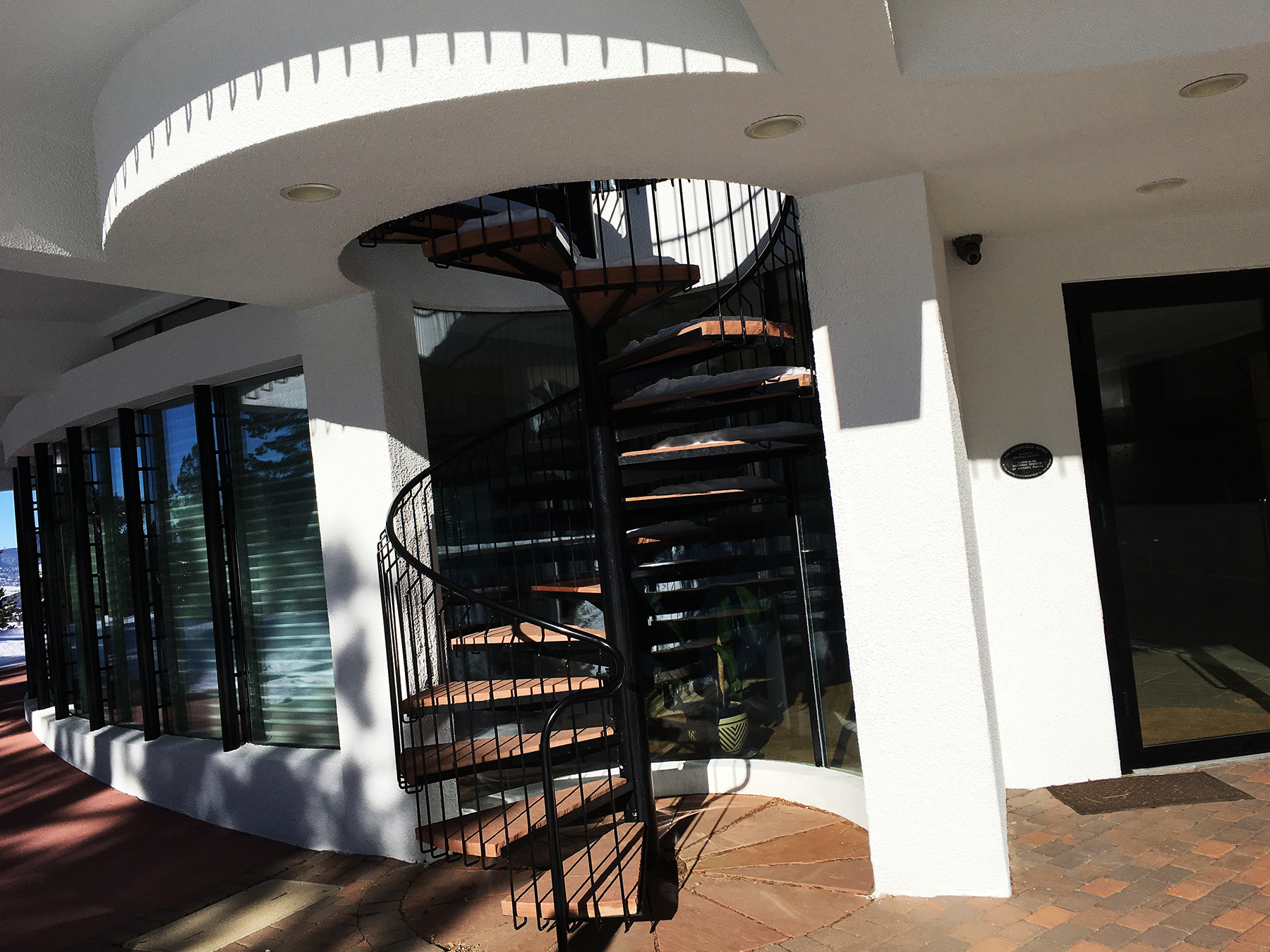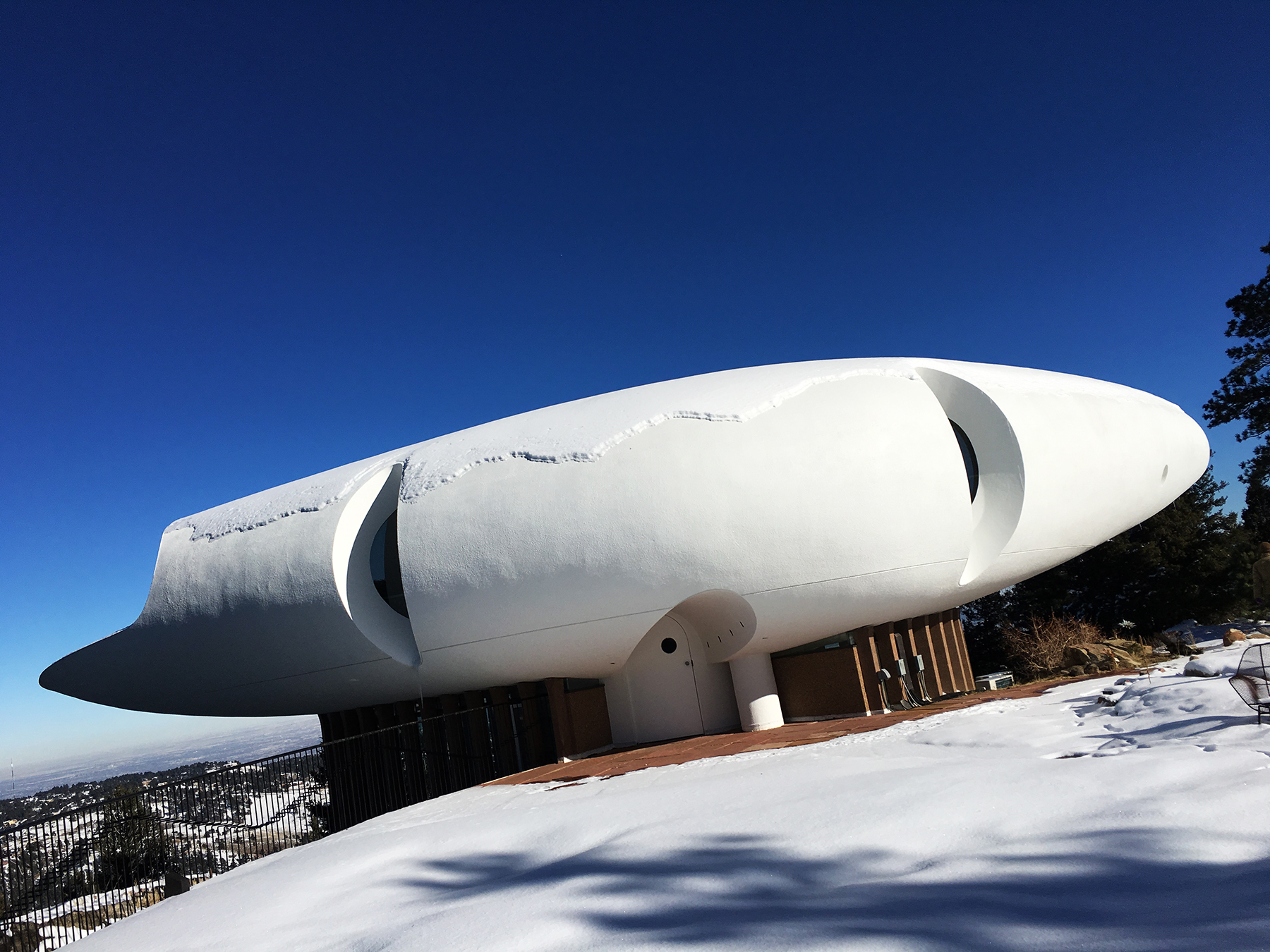In the former silver mining town of Aspen, Colorado, art week brings an exotically curious international crowd. Billionaire collector home tours, dinners, exhibitions, activations, and art fairs take over the tiny, quaint city nine-thousand feet in the Rockies. The air is thin, rare, and rich in this alpine ecosystem of nature that meets the nostalgia of the American West with the hyper-commerce of the 21st century. A newcomer on the scene, The Aspen Art Fair, feels like it's been there all along. Ideally situated at the historic five-star Jerome Hotel, which opened in 1889 and is now part of Auberge Resorts’ portfolio, the fair presented thirty international exhibitors and curatorial projects from more than twelve countries. Cozily tucked into bottom-floor bungalows, the fair follows the grand tradition of hotel art fairs, like the Gramercy International Art Fair at the Gramercy Hotel in New York and Felix at the Hollywood Roosevelt Hotel. Co-founded by art world veterans Becca Hoffman and Robert Chase, the Aspen Art Fair included a stellar list of galleries, including Galerie Gmurzynska from Zürich, Perrotin, and Southern Guild from Cape Town, South Africa. With the general art market in a post-pandemic slump, Hoffman, who is also the founder of the women-led 74th Arts, which organizes global art fair experiences in cities around the globe, knows full well the power of boutique. “We need to rethink how we connect on culture, in citywide environments. How do we have more intimate opportunities for engagement, education, connection, and commerce?” Hoffman—tough as nails and ultra-savvy—told us on the third to last day of the fair. With Aspen being 1,390 times smaller than the population of New York and a super concentration of centimillionaires, Aspen is the perfect environment for art and commerce. With works ranging from Picasso to Paola Pivi to Fairfield Porter and Richard Diebenkorn, the Aspen Art Fair is both refreshing and exhilarating.
Gabriel Rico Presents "The Discipline of the Cave" @ The Aspen Art Museum In Colorado
Combining aesthetic traditions associated with the Arte Povera movement and influenced by scientific, philosophical, and geometric principles, Rico collects the fragments, found objects, and materials of contemporary existence. Using culturally manufactured items like neon, taxidermy, concrete, and coins, as well as such natural elements as tree branches, stones, and fruit, he recontextualizes and arranges each in ways that both captivate and confound viewers through their poetic, wry, jarring relationships. Through juxtapositions of objects and an artistic process that fuses the natural and kitsch, Rico elicits a further investigation of our human environment and the natural world via non-mathematical equations using elements that reflect and illuminate a fundamental human urge to achieve balance.The Discipline of the Cave, on view through June 16 at the Aspen Art Museum 637 E Hyman Ave, Aspen. photographs by Guillaume Ziccarelli. Courtesy of the artist and Perrotin
A Glimpse At The Gorgeous Deaton Sculptured "Sleeper" House on Genesee Mountain in Colorado
The Sculptured House, also known as the Sleeper House, is a distinctive elliptical curved house built on Genesee Mountain in 1963 by architect Charles Deaton. It is featured prominently in the 1973 Woody Allen sci-fi comedy Sleeper - to this day, the original Orgasmatron is still inside (in the form of a working elevator). Architect Charles Deaton has described his inspiration for the house: "On Genesee Mountain I found a high point of land where I could stand and feel the great reaches of the Earth. I wanted the shape of it to sing an unencumbered song." photographs by Oliver Maxwell Kupper
















